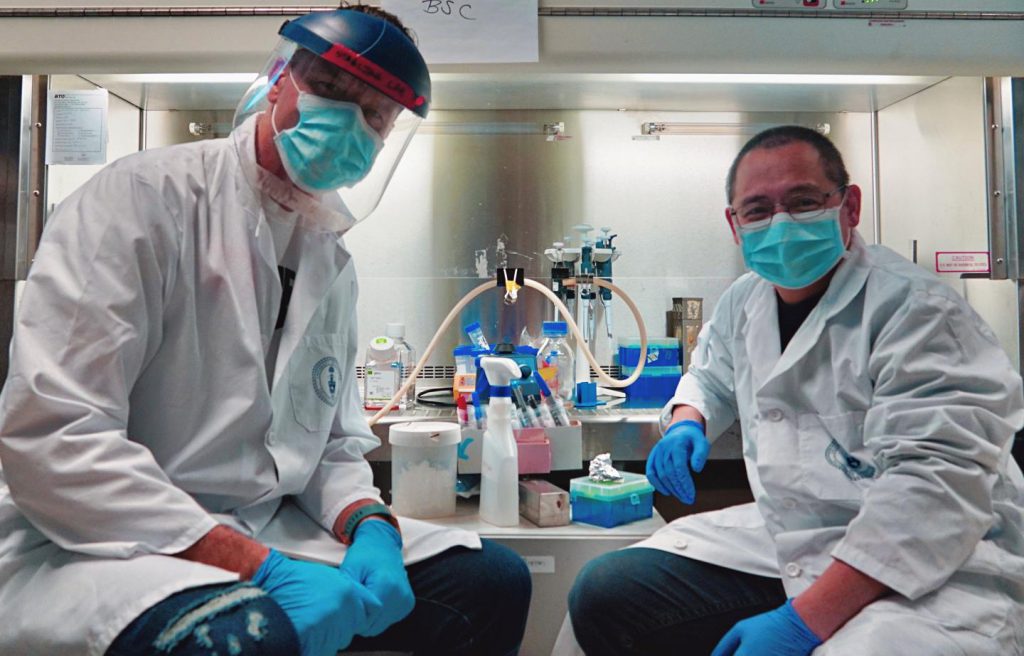Rapid Low-Cost Method to Measure COVID-19 Immunity
A research team led by Igor Stagljar at University of Toronto has been working to develop a new method of measuring the level of immunity to coronavirus in individuals who have recovered from COVID-19. Through their research, they have created a pinprick test that quickly and accurately measures the concentration of coronavirus antibodies in blood. Their method was published in Nature Communications.

According to Stagljar, “Our assay is as sensitive, if not better than any other currently available assay in detecting low levels of IgG antibodies, and its specificity, also known as false-positive rate, is as good as the best antibody test on the market.” Serological tests like this one are key for public health experts wanting to measure population immunity in order to manage the ongoing pandemic. This test is especially promising due to the low cost and rapid test results.
Tests like this one open possibilities for population level studies to look at the duration of coronavirus immunity across patients with different levels of infection, from asymptomatic to severe. They could also reveal the minimum antibody level required for protection from infection.
SATiN
Several serological tests with ELISA-based methods have been approved, but they take up to six hours to complete. Simpler tests, using mechanisms similar to pregnancy tests, provide quick results but are less reliable. This has opened a need in the market for a quick, low-cost test that provides accurate quantitative results.
The new method developed by Stagljar’s team is known as SATiN, for Serological Assay based on split Tripart Nanoluciferase. It is the first test that uses highly sensitive protein complementation chemistry in which a light-emitting luciferase protein is reconstituted from separate fragments as test readout.
Alone, luciferase cannot glow, but when the fragments are supplied, one piece attaches to the viral spike protein, while another binds to a bacterial protein. The antibody is able to help lock the luciferase pieces together into a whole molecule through this simultaneous binding. When joined, there is a flash of light that is detected by a plate reader instrument and converted into antibody concentration.
All of these reagents can be created in bulk from scratch, which makes the whole process relatively low cost. The team has determined that SATiN has a similar sensitivity to ELISA and the readouts are consistent with various neutralizing antibody assays.
Next Steps
This new method is not yet widely available, but the researchers are looking for industry partners to facilitate access. In addition, longer-term studies are being conducted with the new test to measure COVID-19 immunity in larger patient groups.
With the COVID-19 vaccine becoming more readily available, this method could also be used to test the antibody levels in recently vaccinated individuals. “This will be of crucial importance for the next stage of the pandemic, especially now when governments of all countries started with mass vaccinations with recently approved anti-COVID-19 vaccines,” Stagljar said.
Related Research
Are you working on coronavirus research? You may be interested in checking out some of our SARS-CoV-2 research reagents here. Some of the highlighted reagents include:
- Delta-G-VSV Pseudotyping System from the University of Tennessee
- Recombinant Coronavirus Antibodies from our sister company Absolute Antibody
- SARS-CoV-2 Expression Plasmids from Colorado State University
- Yeast-Display Nanobody Library from Harvard University


